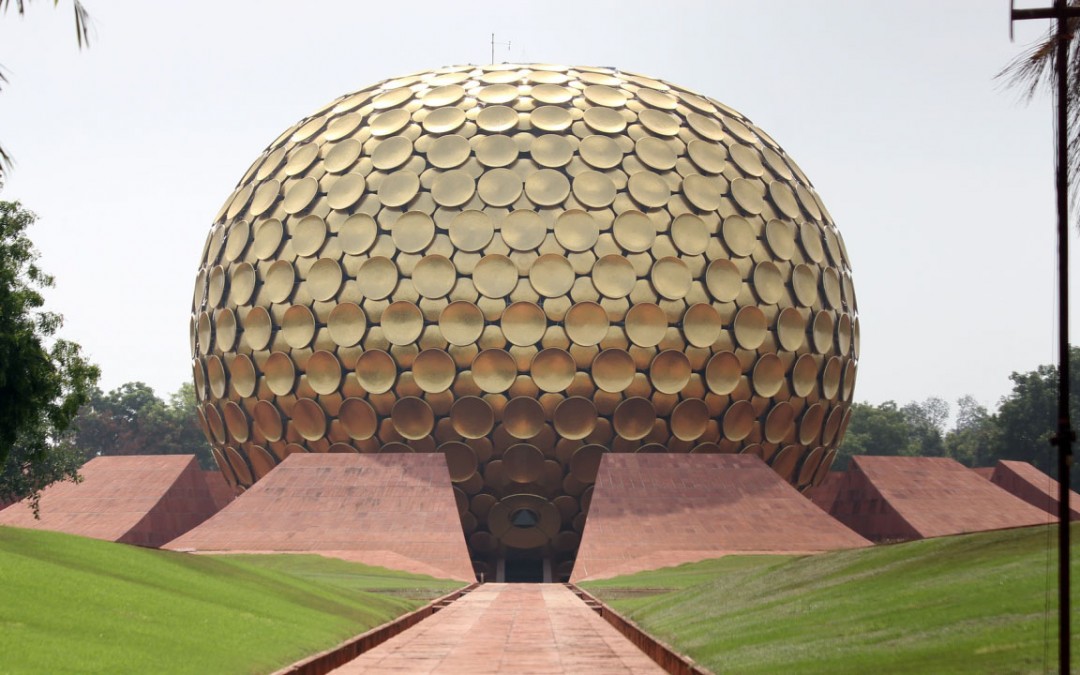Failed utopias are a really weird thing when you think about it. For thousands of years, man has dreamed of creating some kind of Utopia. A society where all can be free and happy. One person’s Utopia can be vastly different from another. Some are simply a society where we all live free, while others a fully communist. And there have been dozens of attempts to create Utopian communities in history. To my knowledge, they have all failed. Some of these Utopian communities lasted several decades before collapsing, and some lasted less than a week! All of them are interesting, especially those from the 19th century. This is a list of 15 failed Utopias from history.

Equality Colony
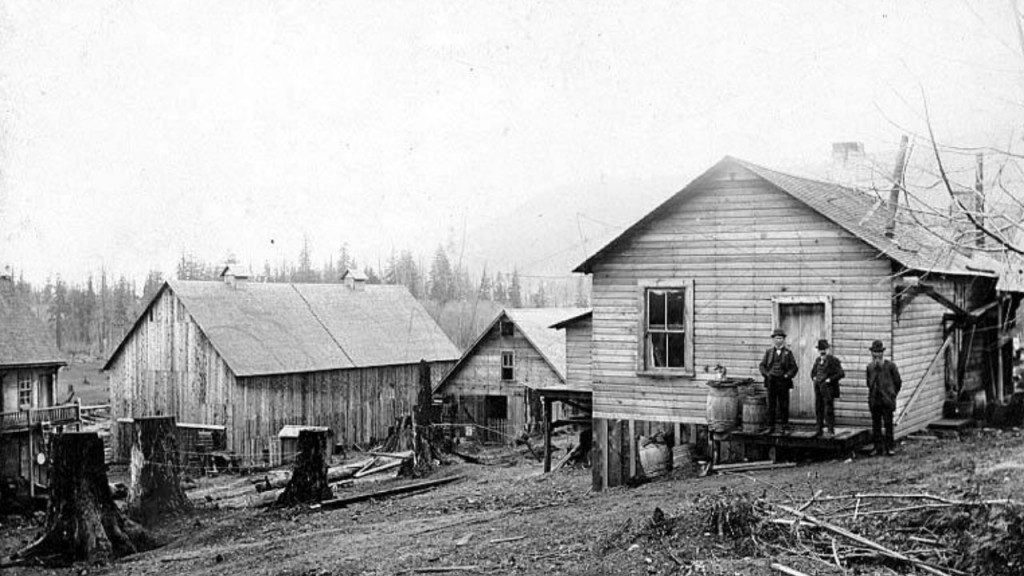
Equality Colony was an attempt to create a Socialist Utopia in Washington state. It was set up by the “Brotherhood of the Co-operative Commonwealth” – which was the type of organization that existed back then! The group had over 2 thousand members, so they decided to do something radical. They created their own colony based on socialist ideals. They chose Washington state because it wasn’t as settles as most other states, and the political climate just seemed more accepting. So in 1897, Equality colony was founded. For a while, it’s population lived in peace working together as equals. But typical of human beings, they couldn’t fight their natural urges for competition and domination. A lot of buildings soon appeared in the colony, even having a blacksmith shop. By 1903, their population had fallen to just 100. At this point, only the true socialists remained, but there were not enough of them to keep a settlement alive. Equality colony was completely finished by 1907 and soon largely forgotten about.

Shaker communities
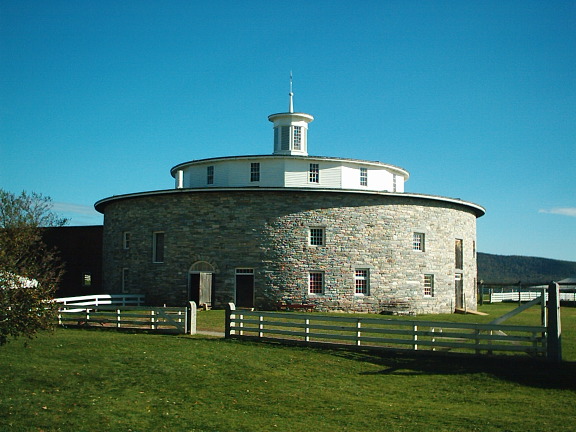
The Shakers were a religious group in England that emerged in the 17 hundreds. They advocated matriarchal societies, where women held power, and also believed in abstinence from sex. These two beliefs weren’t exactly common in Europe at the time so they decided to found their own communities! They spread to America and got to work, by 1920, there were 12 active Shaker communities. At their peak, 20 thousand lived in shaker communities. The shakers were well known for their bizarre behavior, believing the holy spirit would regularly tell them what to believe. Many people would visit the communities just to see what they were like – this was the 1800s, when freak shows were still acceptable. Today, only one shaker community remains active. Apparently, their belief in abstinence meant they didn’t produce enough children for the communities to survive.

Fordlandia
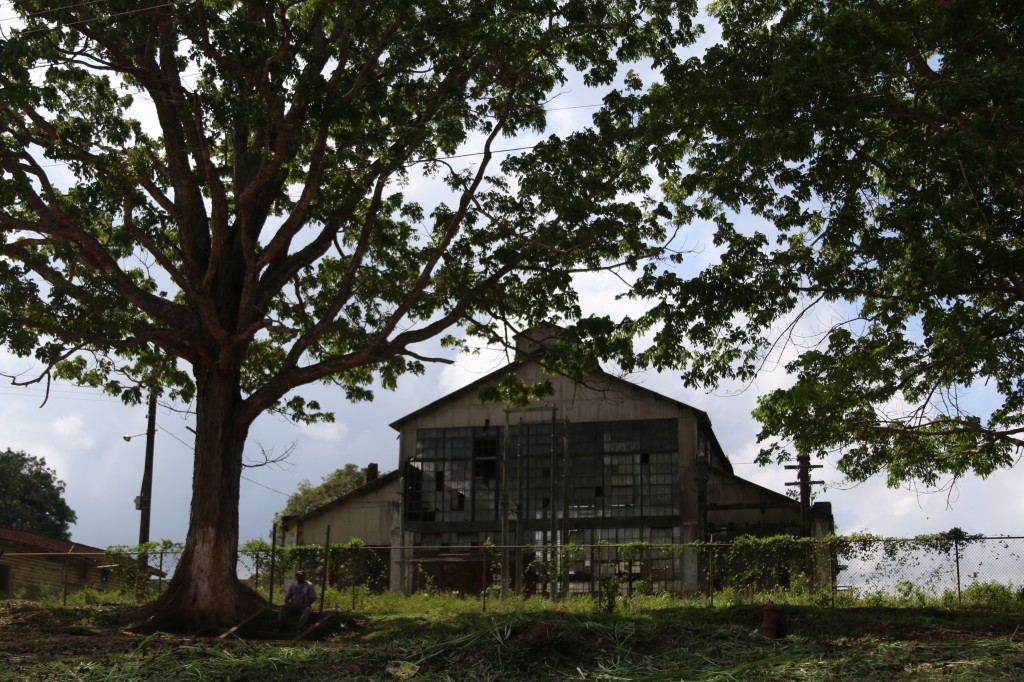
Copyright RodrigoCruzatti / (CC BY 4.0)
In 1928, Henry Ford acted on the bizarre idea of creating his own community in the middle of the Amazon rainforest. He went to Brazil and set up a settlement designed to house his employees while they produce cultivated rubber to be sent back to America. He intended it to be home to around 10 thousand people, which would make it a real town. But he introduced his own laws that were different from the surrounding Brazil. So he really intended it it be a Utopia. The inhabitants didn’t like his laws against drinking alcohol. They went on a massive strike, and riots broke out. Ford’s Utopian dream soon died. But Fordlandia is still a settlement in Brazil, with almost 2 thousand people living there.

Nashoba Community
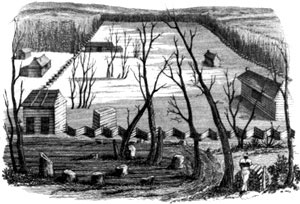
Nashoba Community began with noble intentions. A major part of their beliefs is that the slave trade should be abolished, and they wanted to help the campaign for abolition. Located in a 2 thousand acre stretch of Tennessee woodland, it was set up to function without the use of any slaves. If they were successful, they could prove that slavery is not necessary. They also wanted to prove that all men, even slaves, can live happily through a system of labor sharing. In reality, the commune wasn’t exactly egalitarian, with whites still being treated as superiors. On top of this, their farms were poorly managed. So they didn’t have enough money to survive – Nashoba Community collapsed in 1828, 1825.

New Harmony
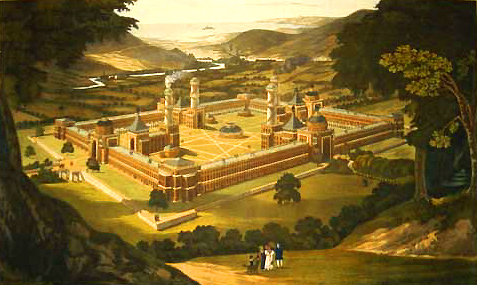
New Harmony is one of many failed Utopias established by British people in America. Robert Owen was behind this one. He was a Welsh industrialist who made a huge fortune by owning several mills. He moved to America in 1824 to set up New Harmony, which he spent most of his money on. He envisioned New Harmony as a real Utopia where all could be happy, all could be free, and all enlightened and educated. He purchased the town, which had already been built, and invited anyone and everyone to join him. Apparently this saw dozens of “lazy and crazy” people to arrive there. A constitution was enacted stating that New Harmony would be governed by a committee of 7. Four committee members would be chosen by Owen himself, and the remaining three would be elected by the people. Owen left for Scotland the next month to recruit new inhabitants for the town. While he was away, the ordinary workers came into conflict with the town planners, which is weird because it was meant to be a socialist Utopia. So the socialist elements had been lost already. The town was overcrowded and unable to produce enough goods to be operable as an independent settlement. New Harmony had failed by 1829. Today, New Harmony has a population of almost 800.

Drop City

Drop City is among the vast graveyard of failed Utopias from the 1960s. This was when hippie culture was quite common, so all kinds of crazy shit was tried out. In 1965, a group of students purchased some land and decided to build themselves a bunch of weird dome houses to live in. I guess they just wanted a place to live where they could get high and talk about how terrible the establishment is. After a while, word spread of Drop City. People came from far and wide to live there free. The problem here is that a lot of crazy people soon arrived. The new people came into conflict with the old, so the social order swiftly declined. The entire community was completely abandoned around the year 1970. The weird dome houses are still there today as a tribute to the mental aspirations of idiots from the past.

Fruitlands
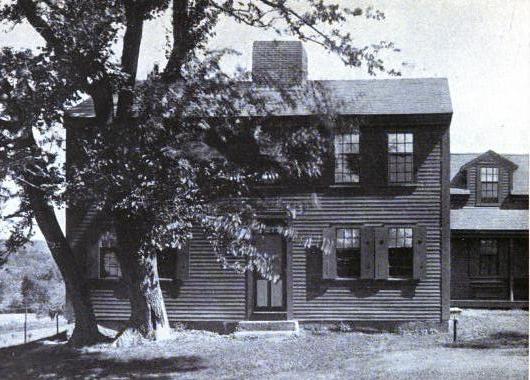
Fruitlands was a weird community in Massachusetts that only stood for about a year. It was a vegetarian settlement inhabited by anarchists. Eating meat or using animal products was strictly outlawed. So it was a vegan town. They were not allowed to use animals to help them work in the fields and were only allowed to plant foods that would not disturb any earth worms. So because of these dumb laws, they were unable to grow much food to eat. The winter of 1843 wasn’t kind to them. It was especially cold, and they didn’t have much of any food to keep them going. So the inhabitants of Fruitlands just gave up and left the place.

Palmanova
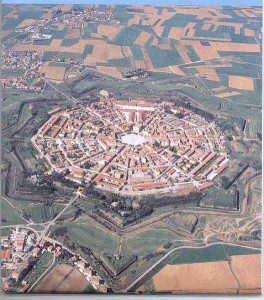
Palmanova is still an active commune in Northern Italy. It was founded in 1593, as a new kind of society. The town was built to be heavily fortified, taking 7 years to finish the surrounding defences. But the inside of the commune was always more interesting. It was designed to be a Utopia where everyone could live in peace together. So they took a load of criminals and relieved them of their prison sentences on the condition that they live in Palmanova and help the town grow. As anyone could have predicted, the whole town soon descended into chaos. On paper, the town’s layout looks just fine. It’s inhabitants were meant to be self sufficient. But it ended up worse than most of it’s surrounding settlements.

Arcosanti
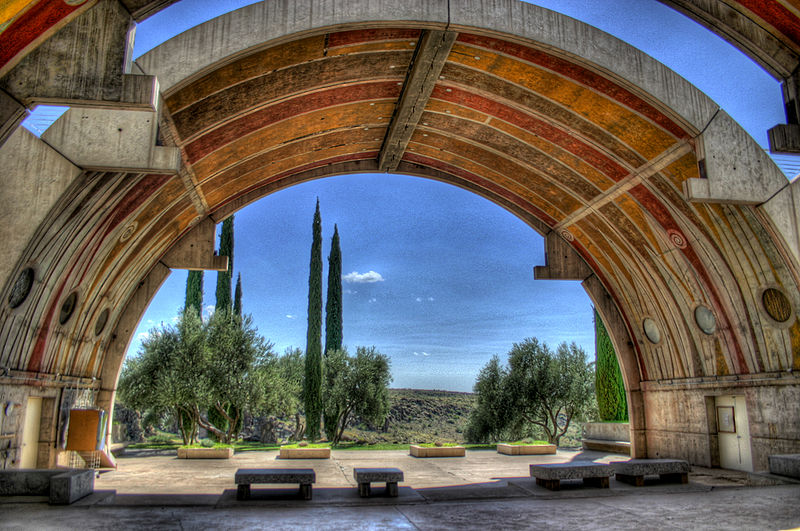
Copyright CodyR / (CC BY 2.0)
In 1970, an American architect got to work creating his dream community. It was given the name Arcosanti, a Utopia deep into the Arizona desert. He wanted to show the world that it’s possible to create a civilization where all can live free and happy without damaging the environment. He also wanted to show the world a better way of life. He failed. After creating some bizarre looking buildings, not many people were drawn to live there. But he doesn’t want to accept defeat. The 50 current inhabitants of the city are still trying to turn it into a Utopia, with big plans to expand. I don’t think they will ever succeed.

Brook Farm
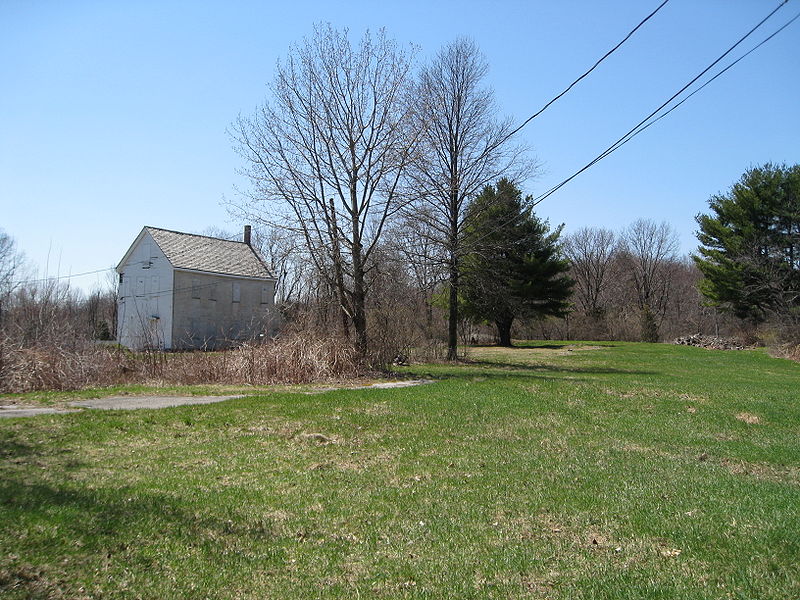
Brook Farm is a favorite among history’s failed Utopias. It was founded in 1841 on a 200 acre farm, where the inhabitants would work long hours planting and picking fruit and vegetables. In return for the hard labor, which all were expected to do, the village’s inhabitants were fed and educated. The problem with Brook Farm is that even young people were made to work hard. Too hard in many people’s eyes, so the farm’s population swiftly fell. Most people just left. Most of those people actually remembered the whole thing in a favorable light, even know it was a massive failure and they were treated horribly.

Freeland
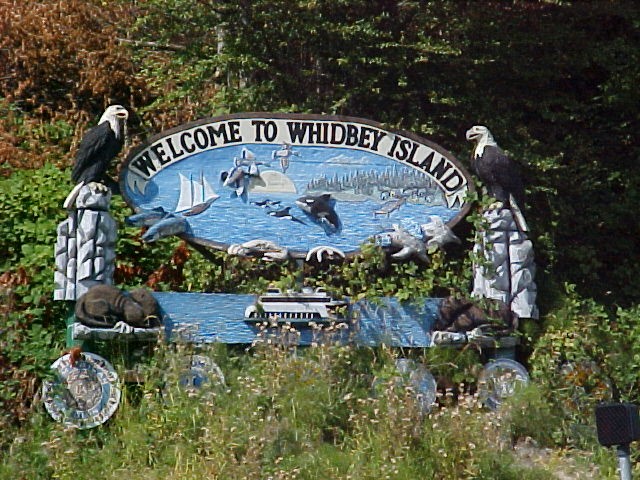
Freeland is appropriately named, as the idea was that the land of this new settlement was not to be owned. It would be free for all! It was located on a tiny island just off the coast of Washington state, not too far from Equality colony. In fact, it was first settled by people who left Equality colony when it was on the decline. It was founded in 1900 and actually survived until today with a population of around 2 thousand. I’m not sure how the settlement even survived because the original commune had fallen apart by 1906. Also it’s an area with some pretty harsh weather.

Auroville
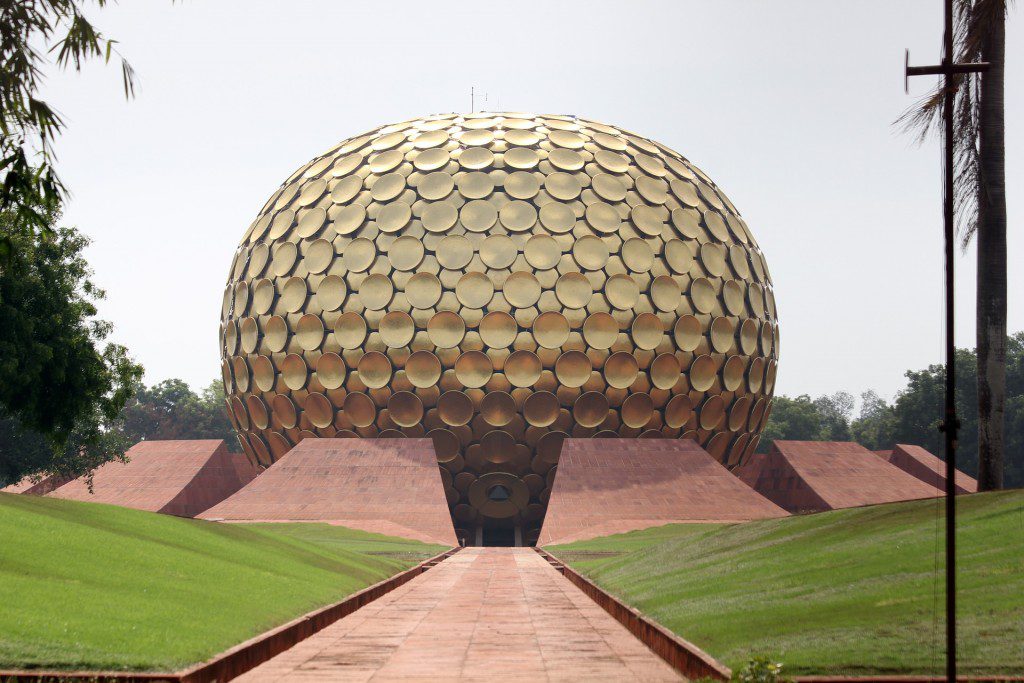
Auroville is the perfect name for a Utopian city. It’s located in India, which is something of a hot spot for failed Utopias – maybe because of it’s spiritualist tradition. Apparently, the whole idea behind Auroville is that people can have somewhere to be happy and free. It was founded in 1968, under the condition that it would be owned by no one individual, but the collective community. There is a weird big metallic golden sphere in the center of Auroville for some reason. So far the commune seems all good and well. But it has been host to controversy. Rumor has it that there are many pedophiles who live in Auroville. Some rumors imply that the whole commune is a cult of child molesters.

New Lanark
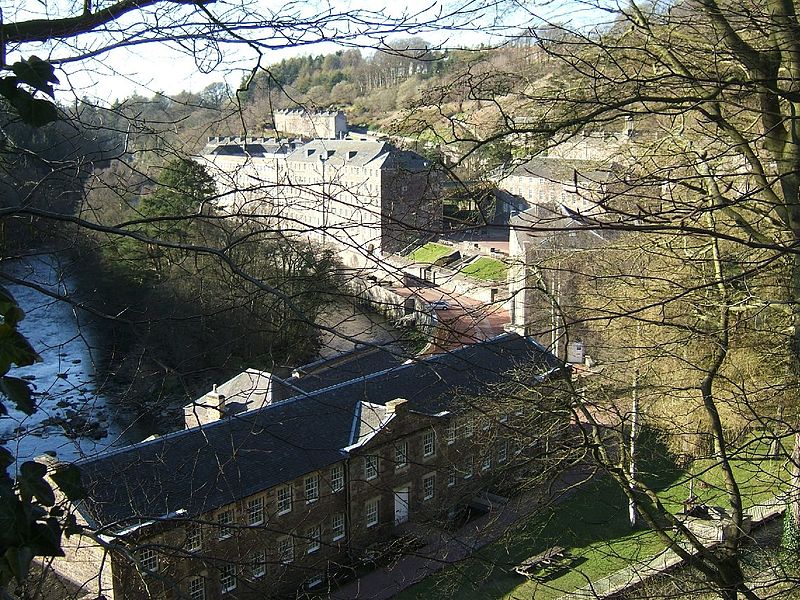
Remember Robert Owen, the guy who set up New Harmony? Well he tried more than once. New Lanark was his attempt at creating a socialist Utopian community in Scotland. It all grew from the cotton mills located there when houses were built for the mill employees. The settlement was eventually sold to Robert Owen, who was always looking for new places to experiment with. So he tried to turn it into a Utopia. New Lanark operated as an independent commune for many years until economic decline eventually caused the mills to close and the population to largely abandon the town. I’m sure Robert Owen must have felt a bit defeated for being behind more than one failed Utopias.

North American Phalanx
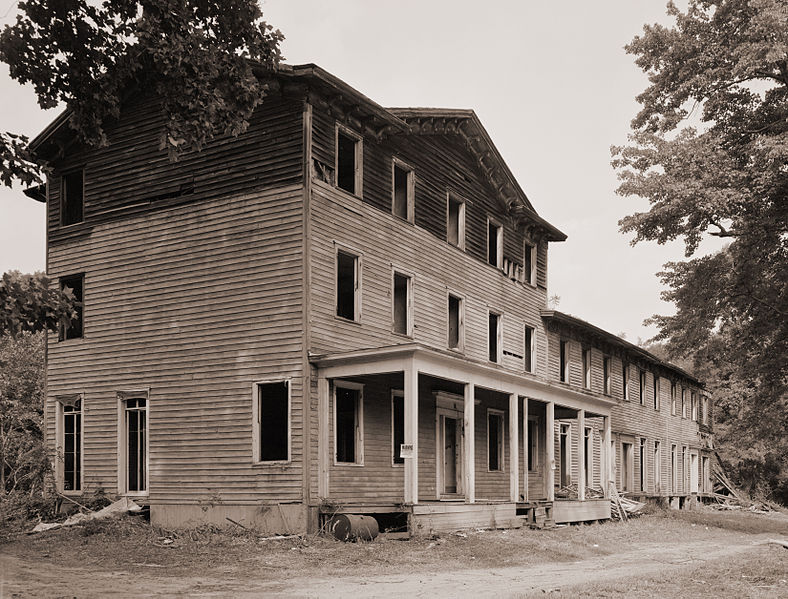
One of many failed Utopias of the 1840s, North American Phalanx was 670 acres of Utopian dreamland. At least, that’s how it was seen in the eyes of the 6 families who originally moved there in 1843. The population eventually grew to about 150 people. As a socialist commune, all were seen as equals, and labor was divided as such. But it was the Utopian ideology that eventually destroyed North American Phalanx. They simply didn’t realize how much work it takes to build any kind of society, let alone a paradise. So when a fire destroyed most of the commune, the remaining population just abandoned it in 1856.

Ruskin Colony
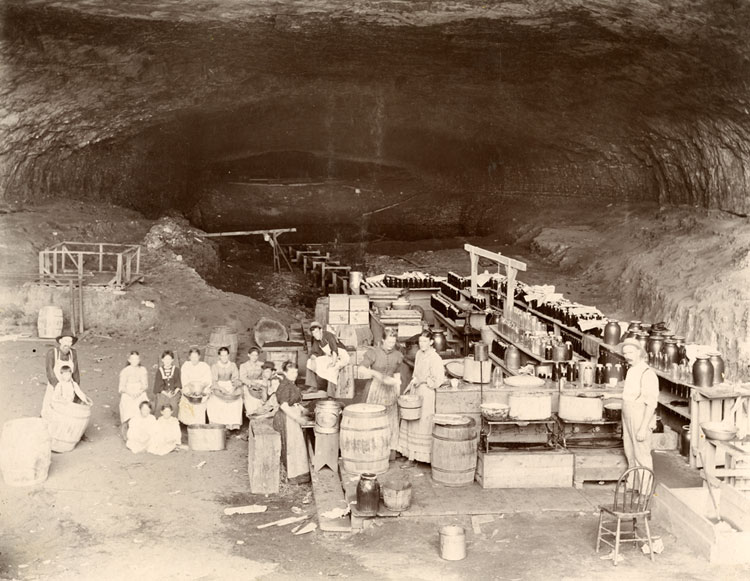
Ruskin Colony was one of the more advanced failed utopias. Located in Tennessee, it was named after the English socialist John Ruskin. The commune was founded by a newspaper editor who believed the socialist revolution was nearing. The theory is that the revolution would be prompted by the founding of small communes just like Ruskin. That’s why so many popped up in the 1800s. Clearly, the revolution never happened. Ruskin colony fell apart in 1900 for no particular reason. It was just poorly run.
Our Video On This:

